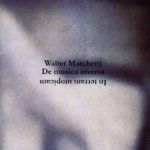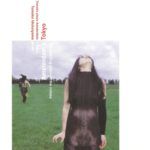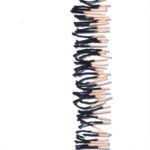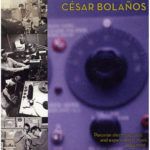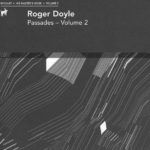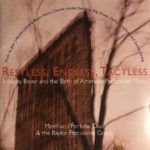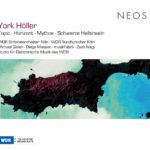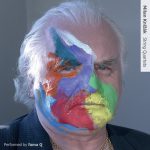The Thousand Symphonies
19,00 € VAT Included
In stock
“Alga Marghen presents the first edition ever issued of Dick Higgins’ music. Fluxus founding member, in 1958 Dick Higgins studied Composition and Experimental Music with John Cage in his class at the New School for Social Research in New York together with, among others, La Monte Young, Richard Maxfield, Toshi Ichiyanaghi, George Brecht, Allan Kaprow, Al Hansen, Jackson Mac Low.
In the Spring of 1968 Geoffrey Hendricks and Robert Watts told Dick Higgins of a project that was afoot at Douglass College, where both were teaching at the time, to organize a show around guns. At that time the USA police seemed to have nothing better to do than to chase down teenagers for possessing miniscule amounts of marijuana and throwing them in jail, thus ruining their lives. Dick Higgins decided it would be more worthy if one could set all the policemen in the USA to composing symphonies themselves. So he proposed that the beautiful music paper be machine gunned and that symphonies be derived from the result.
Geoffrey Hendricks arranged for Captain Toby of the South Brunswick Police to do this, which duly happened with a 9mm MP40 Schmeisser submachine gun, filmed by Alison Knowles. A volunteer orchestra, conducted by Philip Corner and including Charlotte Moorman, performed nine of the resulting symphonies at Douglass College on December 9th. The Douglass concert was taped, but the only copy disappeared when the Ars Viva! Gallery in Berlin, Germany, went bankrupt in 1984. The whole situation was documented with photographs in Source Magazine in 1970.
As Philip Corner, conductor of the recordings presented here, said: “Leave it to Dick Higgins to come up with the most spectacular way to generate a page of patternless notes. Once over this dramatic gesture with machine-gun bullets leaves a stack of paper full of holes. I had not thought of this before but there must have been a conscious connection to the social turmoil of the 60’s – all too unfortunately, come back around to high relevance these days”.
First press limited to 500 copies with digipack sleeve, also including a 16 page booklet with full documentation presenting 2 texts by Dick Higgins from the 1960s as well as a Philip Corner testimony, original photos and original scores.”



